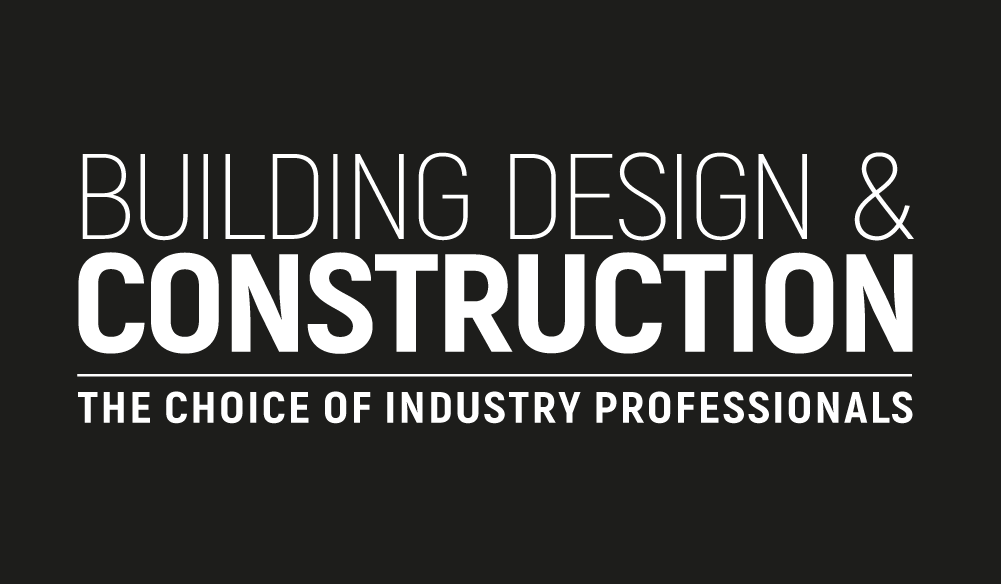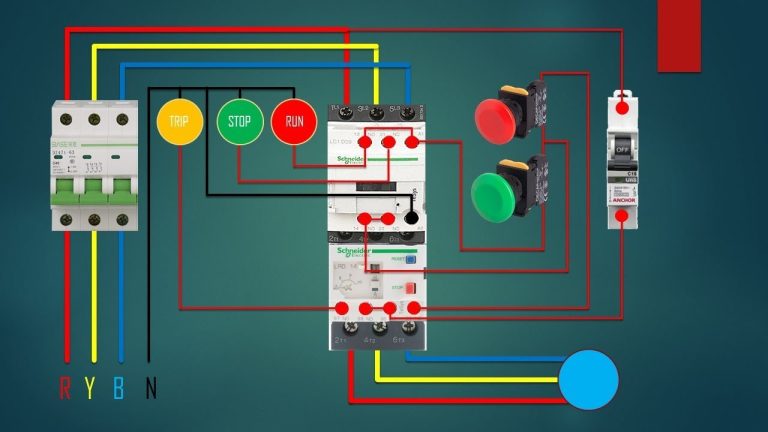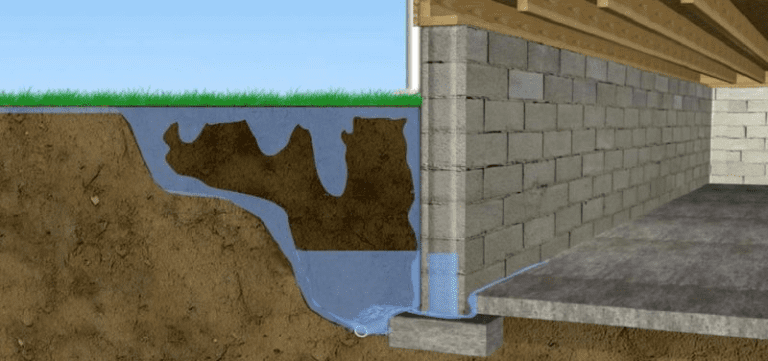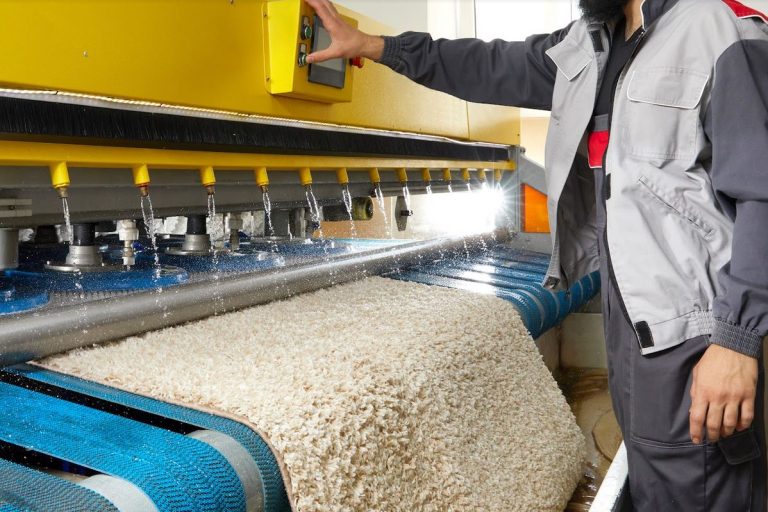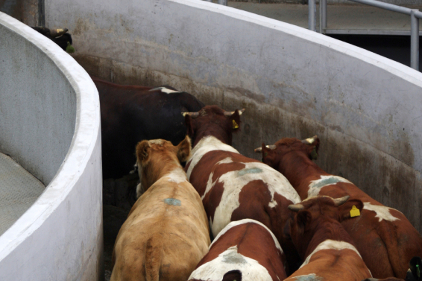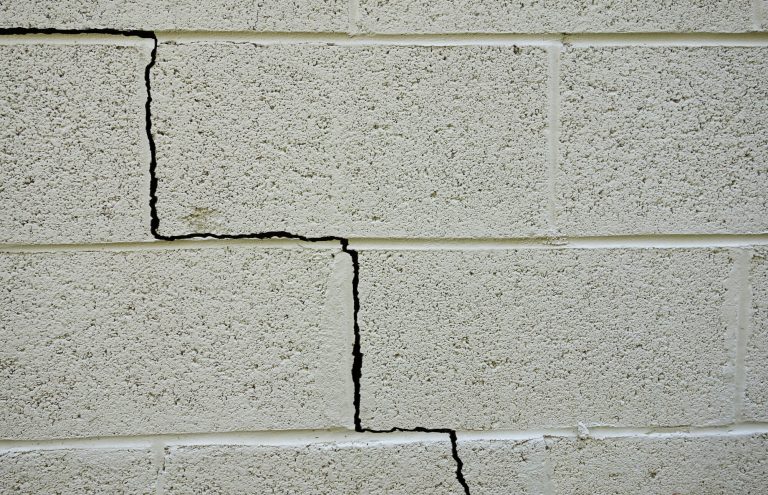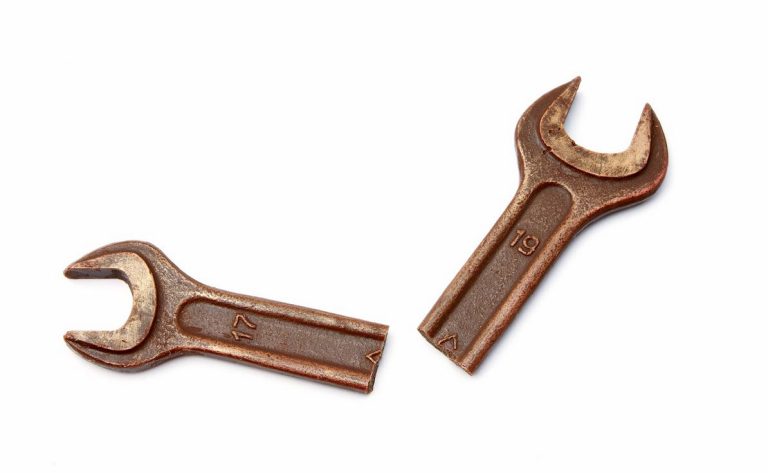Personal injuries happen during car accidents, work shifts, and even on regular days at commercial properties, such as malls, parking lots, restaurants, and other similar establishments. Location-based accidents would fall as premises liability cases. Typically, injuries sustained under these circumstances can be life-threatening. If you don’t know what to do, you might worsen your condition and be unable to file for financial compensation from the at-fault party. Here are four steps to take if you’ve sustained a personal injury on commercial property: 1. Seek Medical Attention Immediately Several types of injuries are associated with accidents on commercial properties, such as puncture wounds, traumatic brain injury, broken bones, neck injuries, and cuts and abrasions. Whatever type of injury you sustained, it’s crucial to get yourself checked immediately. Sometimes, the injuries that occurred in a commercial property aren’t visible right away. It might take a few days or a week for the symptoms to appear. Hence, you need to seek immediate medical care to get the proper treatment and obtain documentation about your injury. Aside from recovering from your injuries, seeking medical attention can improve your chances of getting a favorable outcome from your case. In a personal injury claim, you’re asking the responsible party to cover costs such as medical expenses, lost wages, and damages for pain and suffering. Therefore, evidence like medical records are crucial to substantiating your claim. They can demonstrate your injuries’ severity, medical treatment costs, and the impact of the injuries on your life. 2. Report The Accident To The Property Manager Or Owner It’s also essential to report the accident to the property manager or owner after sustaining an injury on commercial property. Doing so can help notify the persons in charge of the premises about the incident and what they can do to prevent reoccurrence. Under premise liability laws, a commercial property owner is responsible for making their premises safe for their employees, customers, and visitors. Moreover, reporting the accident to the property manager or owner will require documentation, which might be helpful when claiming compensation. Otherwise, you’ll jeopardize your chances of obtaining a favorable outcome for your case. 3. Seek Legal Assistance Generally speaking, you might have no idea who to turn to after getting hurt on commercial property. Thus, if you’re looking to protect your rights after the incident, working with an experienced lawyer is an excellent idea. Such lawyers have experience handling premise liability cases, like a slip and fall accident on commercial property. Hence, they can evaluate the facts of your case and recommend the legal options available to you. Moreover, hiring a specialized legal professional like a premises liability lawyer would make a lot of sense since premise liability law, including slip and fall cases, can be complex to deal with. They also have valuable expertise in handling these certain types of cases, so they can also help build a strong case and receive the compensation you deserve. For instance, they can help you obtain the proper evidence you need to substantiate your claim against the party at fault. The common types of evidence you should have in your favor may include: There are several pieces of clear and convincing evidence you need to gather to build your case. If you need help procuring these documents, your lawyer might be the right person to call. Lawyers have professional connections to help you obtain evidence as quickly as possible. For example, if you want to establish the proximate causation between the injury and the accident, an expert doctor could testify in your favor. They can help prove that the accident on a commercial property due to someone else’s negligence was the proximate cause of your injury.For these reasons, it’s best to get a personal injury lawyer who can handle your case more effectively. However, when choosing a legal representative, check your prospect’s years of experience and track record of winning personal injury cases. Schedule a free consultation so you can ask your potential lawyer as many questions as you want. Then, analyze their responses to help you decide whether they fit your situation perfectly. 4. File A Personal Injury Claim If you’re injured and want to seek compensation for your injury, you need to file a personal injury claim against the at-fault party. When it comes to personal injury cases, proving negligence on the part of the property manager or owner plays a critical role in the success of your claim. Thus, you need a lawyer’s expertise to help you establish the liability of the responsible. You can improve the odds of having a successful case if you can prove the following: By demonstrating the existence of these requisites in your case, you’ll have a better chance of winning your case and receiving monetary compensation for your losses. Typically, there are two main types of compensation available for personal injuries. First is the compensation for economic losses, or those which can be easily quantified, like medical expenses and property damage. Second is the non-economic losses or those which can be difficult to quantify, such as pain and suffering, emotional distress, and loss of enjoyment in life. However, it’s essential to note that the amount of damages awarded may depend on the specific facts of your case and other factors like the severity of injuries and the length of time the injuries will last. Moreover, it’s also important to be mindful of the statute of limitations when filing a personal injury claim. Working with a legal professional is essential in this situation because they know when you should initiate a case to recover compensation. This way, you can ensure your claim is filed within the time limits required by your state laws. Bottom Line Being injured on commercial property due to someone else’s negligence can be a frustrating ordeal. With the physical, mental, and financial effects of the accident and the injury, your whole life might change forever. Therefore, keep the steps mentioned above in mind if you want to safeguard yourself from these
